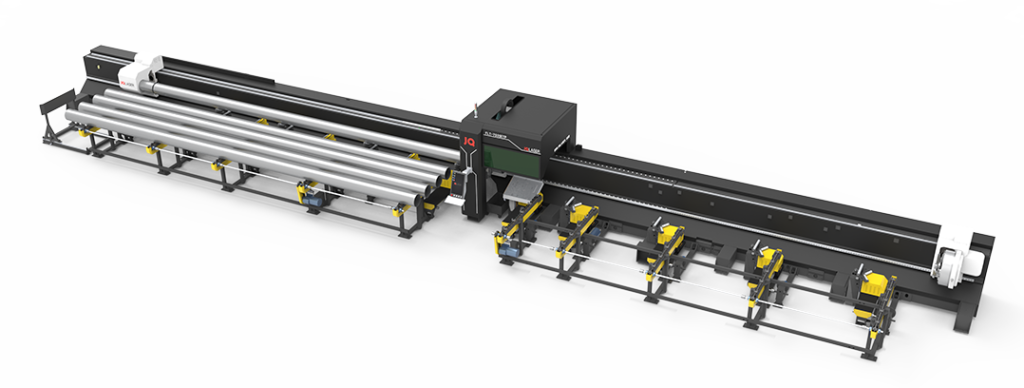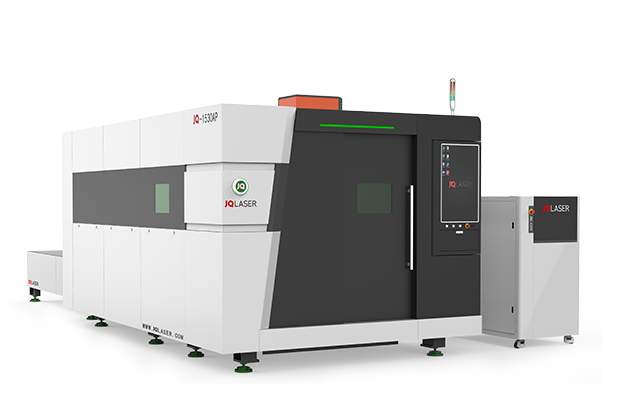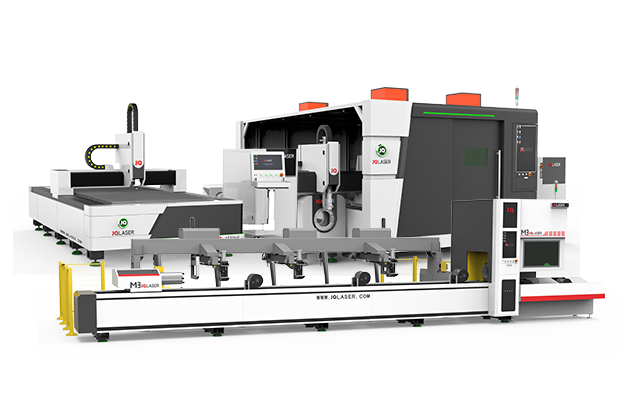The use of laser cutting technology is increasing rapidly across many industries. As advancements in robotics, automation, and artificial intelligence continue to develop, the role of laser cutting technology will become even more important for businesses looking to increase efficiency. In this article, we’ll explore what the future holds for laser cutting technology and how it will be used in a variety of applications. We will look at the potential benefits that can be achieved through the implementation of this technology as well as some potential challenges.
Laser Cutting Basics
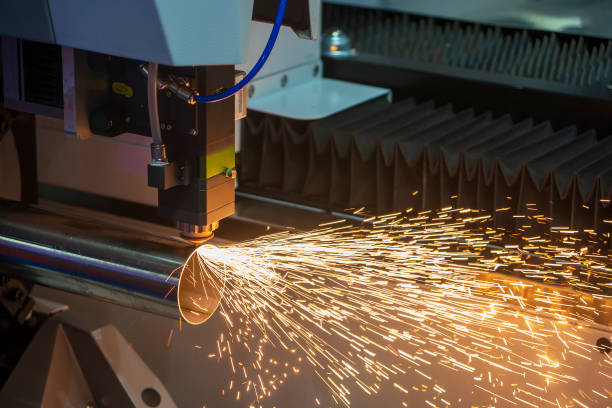
Laser cutting technology is quickly becoming the go-to method for industrial production, thanks to its accuracy and efficiency. It’s a process that uses a powerful laser to cut through materials like metal, wood, plastic and more with precision. But before you jump into advanced laser cutting projects, it’s important to first understand the basics of the technology. The process begins by focusing an intense beam of light onto the material being cut. This beam melts or vaporizes the material at high speed and with great accuracy – in some cases with less than 0.1mm tolerance! The laser can also be used to engrave or mark materials depending on its power setting and speed. With computer numeric controlled (CNC) machines, it’s possible to control both the power intensity and speed of the laser beam in order to achieve precise results each time.
Benefits of Laser Cutting
Whether you own a business or simply have an interest in the latest advances in technology, understanding the various benefits of laser cutting can help to inform decisions about how to use this powerful tool. One key benefit of laser cutting is its precise nature, making it ideal for intricate designs that require extreme precision. Laser cutters use a focused beam of light to cut through materials, meaning that any shape or design can be accurately replicated on different types of material such as wood, plastic and metal. Furthermore, because only heat and pressure are used with this process, there is no risk of distortion, which allows for a more consistent product with minimal waste. Additionally, the speed and accuracy of laser cutting helps reduce overall costs by decreasing production time and labor costs associated with manual methods.
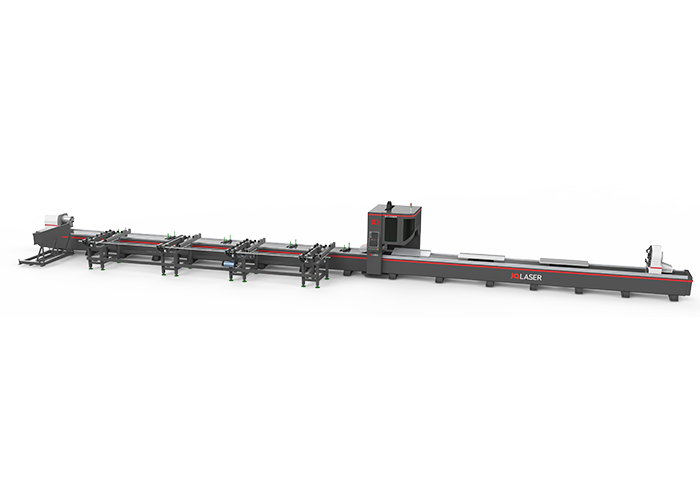
Challenges of Laser Cutting
The future of laser cutting technology is an exciting one, as it continues to evolve and become more efficient. Laser cutting has changed the way that many industries operate, with its precision and speed providing a competitive advantage. But while there are many advantages to laser cutting, there are still some challenges associated with it. One of the biggest challenges of laser cutting is finding the right combination of power, speed, and workpiece in order to get consistent results. This requires an understanding of both the material being worked on and how different settings affect the finished product. Additionally, materials such as metals can reflect light back at high intensities which can cause damage to machine components if not carefully accounted for.
Developments in Laser Technology
The world of laser cutting technology is advancing rapidly, and new developments are being made all the time. Lasers have become an indispensable tool for many industries, and their use has only grown over the last few decades. Recently, innovations in laser technology are revolutionizing not just the manufacturing industry but also a wide range of other fields as well. Till now lasers are already used to cut materials such as wood and metal with remarkable precision. But now they’re being developed to do more than just that: they’re being used to diagnose medical conditions, improve security measures at airports, create 3D models for manufacturing processes, and even enable us to explore outer space!
Applications of Laser Cutting
Laser cutting is capable of quickly and accurately cutting through a range of materials, including metal, wood and plastic. This makes it an attractive option for businesses that need to create intricate designs with precision. The future of laser cutting technology looks even brighter due to advances in software, digital control systems and automation techniques. These advancements make it possible for manufacturers to cut faster and more efficiently than ever before. Laser cutting can also be used for a variety of other purposes such as engraving or marking products with logos or custom text. The end result is a product that looks professional and showcases the attention to detail that modern customers demand.
Cost Considerations
Though laser cutting has become a popular choice for many manufacturing processes due to its accuracy and ability to quickly change between parts, cost is still one of the main limiting factors. As manufacturers look to automate their processes even more in the near future, they will have to consider both upfront and long-term costs when investing in laser cutting technology. The immediate investment in new machinery and other equipment is often significant and can be difficult for companies with limited budgets. Not only that, but additional supplies like protective eyewear or ventilation systems are also needed which can drive up expenses even further. In addition, there are often ongoing costs related to training staff on how to use the machinery as well as maintenance fees for keeping the machines running efficiently over time.
Conclusion: Bright Future of Laser Cutting
The future of laser cutting technology is certainly an exciting one. For many businesses and industries, this type of high-tech tool represents the potential to revolutionize their production processes and create products faster, more efficiently, and with greater precision than ever before. As the technology continues to evolve and become more accessible, we can only expect that its impact on manufacturing will be even greater in years to come. In conclusion, it’s clear that laser cutting technology has a bright future ahead of it. With advances in both hardware and software capabilities of modern lasers, these tools are becoming increasingly cost effective for businesses to utilize in their operations. Furthermore, their capabilities for faster production speeds mean less time spent on labor-intensive tasks – meaning increased productivity at a lower cost.

